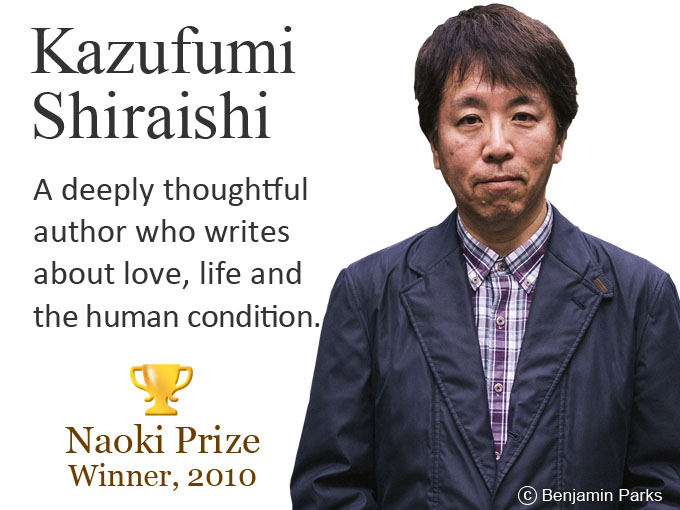- Poetry
For over a thousand years many of Japan’s emperors have played an active role in publishing: writing poems, books and even scientific papers[UPDATED: 5-2-2019]
Since Japan’s first book on the nation’s history was commissioned by Emperor Temmu, Japan’s 40th emperor, and published in 712 after his death, Japanese emperors have been intimately involved in many important publishing milestones in Japan.
The nation’s first book to be produced using moveable type was, for example, chosen by another emperor for printing in 1593.
The Japanese Imperial Family has had a very long association with the literary arts, especially poetry.
Japanese emperors have not only encouraged and patronised the poetic arts and Japanese verse known as waka and tanka in particular, but have also written thousands of poems themselves.
The Meiji Emperor (1852-1912) who ruled over a period in history when Japan opened up to the West, after more than 250 years of self-imposed isolation, wrote over 100,000 waka and tanka poems and was known as ‘the sage of poetry’.
The Meiji Emperor learnt the art of writing poetry from his father Emperor Komei (1831-1867). His era was an age of transformation and a crisis of modernisation.
To some that must have seemed mind-boggling at the time, with the arrival of railways for instance, that transformed Japanese society. Writing poetry appears to have helped him process these changes.
He wrote many different types of poems, describing his reaction to the arrival of these new technologies in Japan including photography, trains and telescopes. Some experts also believe that his writing indicates that he wished to avoid war and had a pacifist streak.
The following poem by the Meiji Emperor was published in English translation by Harold Wright in the Kyoto Journal:
Being all alone
And consoling our own heart
for this one day,
The time was spent quietly
in the writing of poems
Emperor Hirohito (1901-1989) also penned many poems and new rare caches of his creative outputs are still coming to light decades after his death.
New waka poems, including poems that show Japan’s role in World War II, occupied his thoughts as he aged, and have made their way into the public domain as recently as 2019.
Emperor Akihito, his son now known as Emperor Emeritus, and his wife Michiko have also written and published books and poetry, including a collection of more than 300 poems titled Tomoshibi Light , which was published in English in 1991. The collection was originally published in Japanese in 1986 when Akihito was still Crown Prince.
Many anticipate that the new Emperor, Naruhito, who took up the position on 1 May 2019, will continue this long tradition, but most doubt he will write multiple poems on a daily basis like his predecessor, the Meiji Emperor.
That said, a book written by him about his experience as a student at Oxford University has been published in English, translated by Sir Hugh Cortazzi (1924-2018), a former British Ambassador to Japan, The Thames and I: A Memoir of Two Years at Oxford.
In addition to writing books and poetry, some emperors are known to have had much broader interests that have led to them subscribing to international magazines and publications long before this was possible for most in Japan.
In 1875, Emperor Komei, for example, was listed amongst the names of the subscribers to the Illustrated London News (1842-1971), the world’s first illustrated weekly news magazine. Two recent emperors, Akihito and Hirohito, have subscribed to international magazines including another British publication, Nature, the weekly science journal.
In fact, Emperor Akihito, who has a species of goby fished named after him, has done much more than just write poems and read about the latest scientific research trends alongside fulfilling his role as a constitutional monarch. He has published 38 peer-reviewed papers in scientific journals including the world’s most prestigious ones, Nature and Science and has even been seen at one or two scientific conferences in Japan.
At times, Japan’s Imperial Literature and creative writing has even stretched into science fiction with one member of the Emperor’s family penning books that helped develop the genre now known as ‘cyberpunk’ using the pen name Bien Fu in the 1960s.
Literary and publishing genes continue to flourish in the family. And in 2017, an essay by the Emperor’s daughter Princess Aiko, titled Praying for Peace in the World, was widely praised for its literary style and content. The Princess wrote the essay for the yearbook commemorating her graduation from Gakushuin Girls’ Junior High School.

